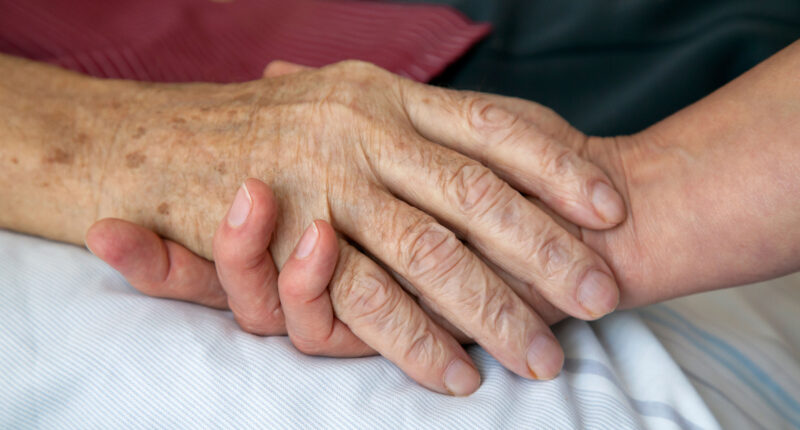THOUSANDS of terminally ill people will be able to get faster access to benefits and higher payments within weeks.
The government has confirmed that from April 3 those on three types of benefits will get the extra help if they are in the final year of their life.
It will impact those on Personal Independence Payment (PIP), Disability Living Allowance (DLA) and Attendance Allowance (AA).
They will be able to get faster access to their benefit and, in most cases, the highest possible rate, in the last 12 months of their life, the Department for Work and Pensions (DWP) said.
They also won’t have to attend face-to-face medical assessments.
As it stands, these same people can only get the extra support in the last six months of their life.


It comes after the same rules were extended to terminally ill people on Universal Credit and Employment and Support Allowance (ESA) in April 2022.
Tom Pursglove, government minister for disabled people, health and work, said the latest move by the DWP was the “right thing to do” and offered people in the final stages of their lives the “dignity they deserve”.
He added: “Extending this support will ensure more people can concentrate on making the most of their remaining time with loved ones, rather than worrying about finances.”
Meanwhile, charities welcomed the move.
Most read in Money
Mark Jackson, Marie Curie’s senior policy and research manager, said: “A terminal diagnosis should not come with the added stress of financial struggles and these changes are an important step in the right direction to ensure that doesn’t happen.
“We look forward to ongoing collaboration with the Department for Work and Pensions, to continue to improve end of life experience for all.”
Alex Massey, from the Motor Neurone Disease Association, added years of campaigning by his organisation alongside Marie Curie had led to the “important reform and we are delighted that it is now in place across all applicable benefits”.
It will impact those on Personal Independence Payment (PIP), Disability Living Allowance (DLA) and Attendance Allowance (AA).
How much are PIP, DLA and AA worth?
PIP, DLA and AA are all paid at different rates, but following the government’s changes, in most cases terminally ill people will get the highest amounts possible.
PIP is paid to people aged 16 or over suffering from a long-term physical or mental health condition or disability that makes it hard for them to carry out everyday tasks.
The rates you can get if you are on PIP are split into the daily living part and mobility part.
The daily living part is paid to you if you need help with everyday tasks such as eating, drinking or dressing yourself.
The mobility part is paid if you need help getting around including if you struggle to leave your home without help and you find it hard to physically move around.
The lower weekly rate for the daily living part is £61.85 and the higher rate is £92.40.
Meanwhile, the lower weekly rate for the mobility part is £24.45 while the higher weekly rate is £64.50.
DLA is for people who have extra care or mobility needs due to a disability.
There are two parts to the benefit – the care component and the mobility component – which are paid at different rates.
The care component is paid at three different weekly rates: the highest rate is £92.40, the middle rate is £61.85 and lowest rate is £24.45.
Meanwhile, the mobility component is paid at two different weekly rates: the higher rate is £64.50 and the lower rate is £24.45.


AA is paid to people with a disability so severe they need help being looked after.
It is paid at two different rates depending on the level of care you need: £61.85 and £92.40.









